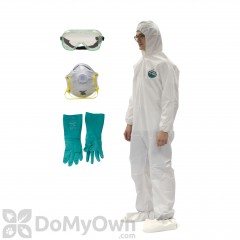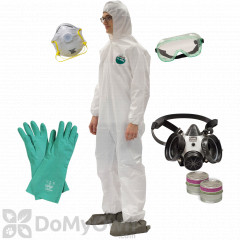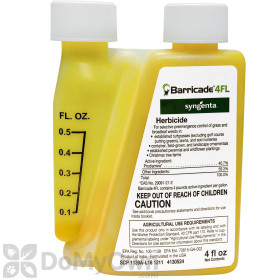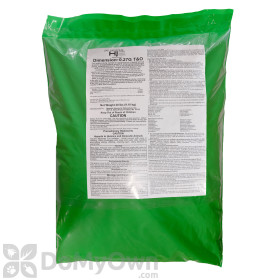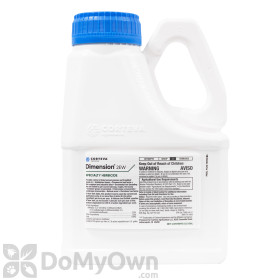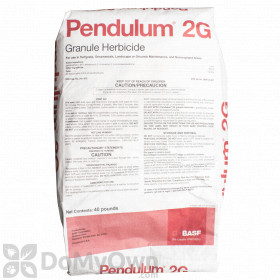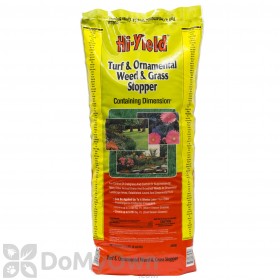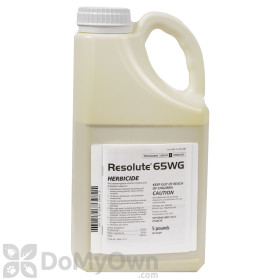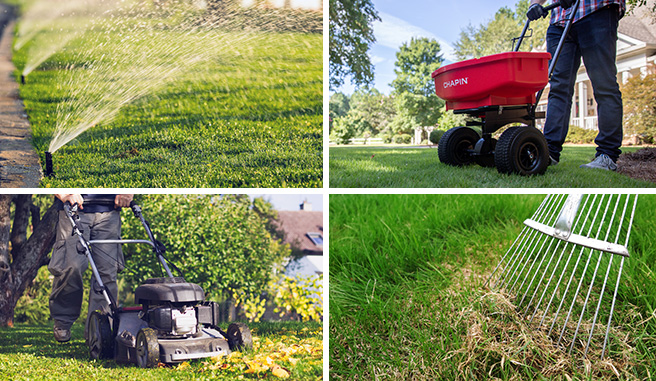Since the seeds of crabgrass rely upon the sun to grow and thrive, a thick, robust turf will help to block seeds and seedlings from sun and prevent them from taking hold. There are some proper
lawn maintenance practices you can follow to ensure your grass is as healthy and lush as possible:
- Proper mowing: Try to maintain a higher grass height of 2 to 2.5 inches. It's crucial to aim to remove only 1/3 of your grass at each mow while maintaining the desired height. This may mean you have to mow more often to maintain the target height.
- Proper irrigation: Watering your lawn less frequently but for longer periods of time is a more effective way for your grass to get moisture and allows roots to grow deeply.
- Proper fertilization: Fertilize your lawn as needed, following the lawn care schedule for your cool or warm season lawn. Avoid under or over fertilization.

